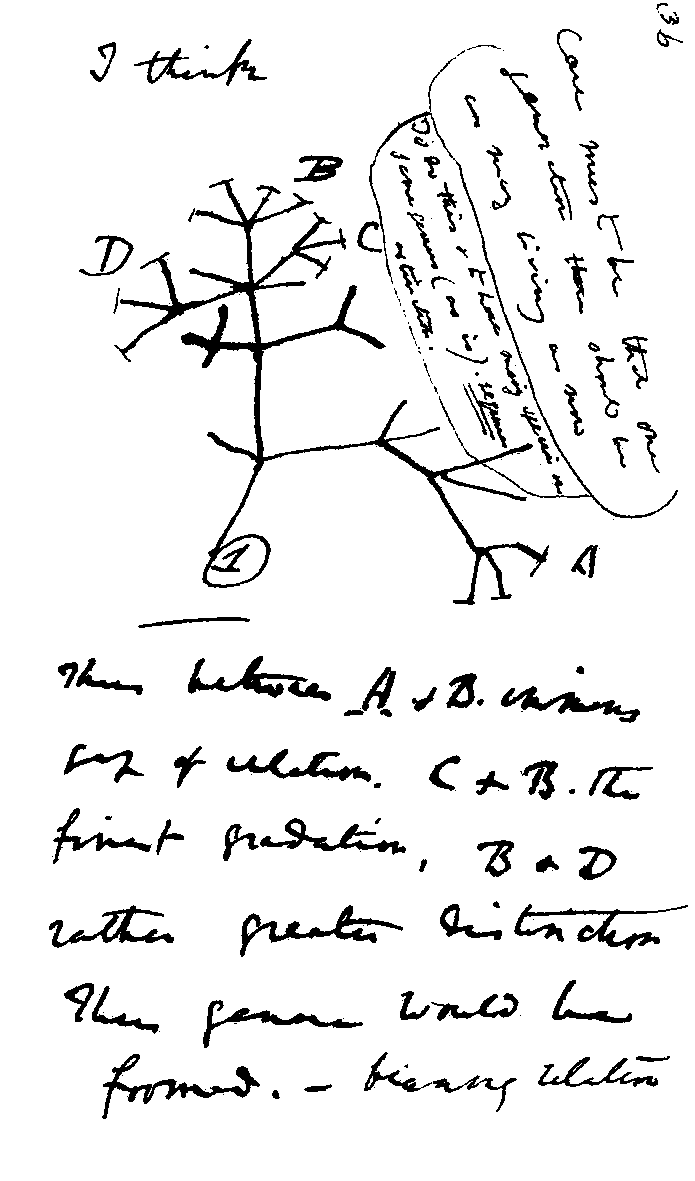I picked up on this new blog at ScienceBlogs - "Blogging the Origin" via Science's Origins blog. In this blog, science writer and evolutionist John Whitfield, who bravely admits to never having read The Origin of Species before, is conducting a book club cum blog as he reads the text, chapter by chapter in this anniversary year. As I write, he's covered the Introduction and Chapters 1 and 2, with the next instalment due on Friday. He plans to finish in time to celebrate Darwin's 200th birthday.
I haven't read The Origins since I was a teenager (which is an upsettingly long time ago), and this has inspired me to read it again. But which version? The old Pelican paperback edition I read all those years ago is a later edition of the tome, while the edition reprinted in the compilation From So Simple a Beginning", edited by E. O. Wilson, is I think the first edition (but lacks a certain portability - the volume also has Voyage of the Beagle, Descent of Man and The Expression of Emotions, all in a hardback binding). Perhaps I should limit myself to the 1858 pair of papers by Darwin and Wallace?




